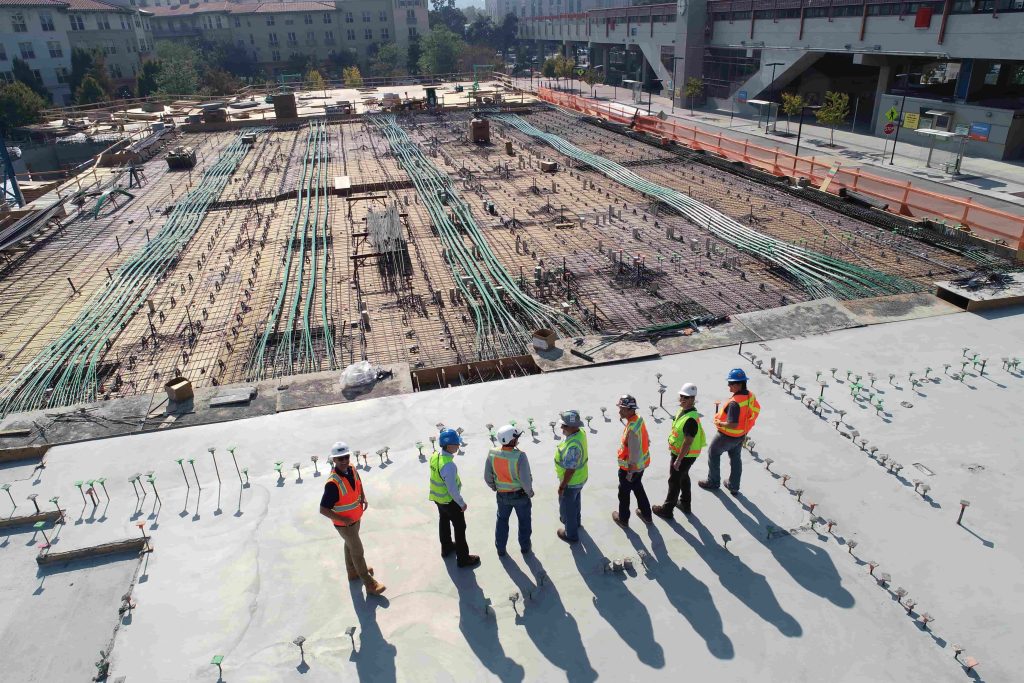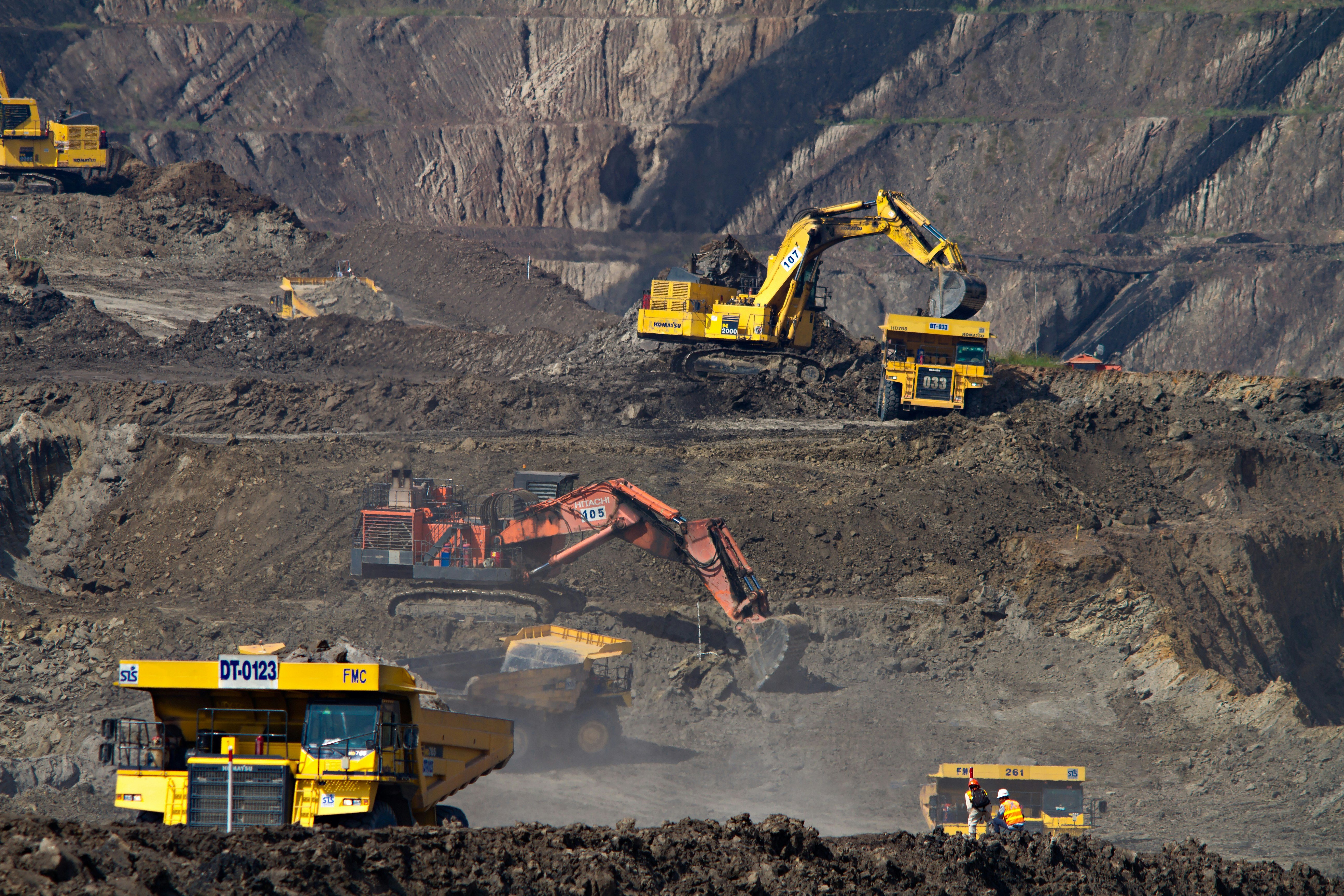
Construction projects are often delayed because of adverse weather conditions and storms. But, if you’re planning to launch a construction project in the near future, you need to know about weather risks and construction. Construction sites are more vulnerable than most businesses because the outdoor, work-intensive nature of the business means it is exposed to natural disasters and phenomena like lightning and floods.
Regardless of whether your business is indoor or outdoor, there will be some risk involved when it comes to launching a new venture. Construction sites can be particularly tricky because they are prone to unexpected risks combined with heavy materials, tools that can get damaged by water or high winds, and the general danger posed by heavy equipment. It is important that you understand what these risks entail so that you can make informed decisions regarding your investment.
What are weather risks in construction?
Weather risks in construction encompass the various negative impacts and dangers that weather can impose on a construction project. Due to the increasingly unpredictable nature of extreme weather, weather risk is an essential consideration for any construction project to help prevent significant costs and mitigate project delays caused by weather.
Hazardous weather conditions like thunderstorms, heavy rains, strong winds, or extreme temperatures are responsible for causing weather risks. Impact can also occur when normal weather conditions occur, but these should be risks you have already prepared for and made allowance for in your plan. Construction projects are particularly vulnerable to weather risks because the outdoor, work-intensive nature of the business means it is exposed to natural disasters like lightning, heavy rains, and floods.
How are Weather hazards caused?
Weather hazards are caused by a wide range of weather events that can pose a significant danger to people. This can be any form of naturally occurring weather condition, from heavy rain to high winds or even extreme hot and cold temperatures.

As weather patterns become increasingly unpredictable due to climate change, weather can pose significant risk to businesses, particularly construction projects. Almost all weather conditions can potentially be a risk to a construction project, depending on their severity. Understanding and preparing for the hazards they can present can make the difference between a successful project and expensive delays or even the risk of serious damage or injury.
What type of hazard is climate and weather?
Climate and weather represent two significant hazards for construction projects. Weather hazards can be both climatic and meteorological. Climatic hazards are triggered by long-term climate conditions that can cause problems like heat waves, droughts, or monsoons. Meteorological hazards (or weather hazards) are caused by weather conditions that are temporary and can be expected to change over a short period of time.
There are nine types of weather hazards that you need to be aware of:
- Extreme temperatures – Extreme temperature conditions can cause crop failure or damage to sensitive or unseasoned materials like wood, plastics, and fabrics that cannot tolerate high or low temperatures. They also pose serious health hazards for workers exposed for long periods of time.
- Winds – Strong winds can cause destruction to trees and crops as well as damage vehicles and other structures.
- Precipitation – Heavy rainfall accompanied by lightning can cause flooding.
- Hail – Hot temperatures can cause hail to form when water droplets collide with large rising air bubbles. Hail can cause serious injury, crop damage, and loss of property.
- Fog – Fog is a type of low-lying cloud that forms when warm air near the ground rises and cools to form water droplets. Fog is most common in coastal regions.
- Dust storms – When loose soil is blown up by strong winds, it can form a dust storm that can travel across long distances. Dust storms are caused by human activities like farming or construction.
- Hurricanes – Hurricanes are cyclones that form over the oceans when warm air rises, cools, and forms a low pressure centre. Hurricanes can cause extensive damage when they make landfall.
- Tornadoes – Tornadoes are cyclones that form over dry land when warm air near the ground rises, cools, and forms a low pressure centre.
How does weather affect Construction Projects?
Weather can have a significant impact on construction projects, from delays due to extreme weather, to taking account of local weather conditions to ensure the safety of a project and prevent business risk. Weather hazards can affect construction projects in a number of ways, from potentially damaging or preventing the use of certain materials, to disrupting work progress or even causing a risk of injury to workers.
Extreme temperatures can cause problems with sensitive or unseasoned materials like wood, plastics, and fabrics that cannot tolerate high or low temperatures. Heavy rainfall can cause flooding in construction sites. This can disrupt the work and prompt workers to leave the site. Strong winds can cause destruction to trees and crops as well as damage vehicles and other structures. They can also cause flying debris that can injure workers. Fog can also disrupt construction work by reducing visibility and causing a risk of accidents and injury.
How do you mitigate weather risk in construction?
To mitigate weather risk in construction, project managers and decision-makers must ensure there is an efficient weather risk management strategy in place. To do this you will need to ensure you have sufficient information about all the risks that weather could impose on your project, and then put measures in place to ensure your project remains on track.
The best way to ensure you’re always ready for whatever the weather throws at you is to use the EHAB weather risk management platform.
EHAB empowers planning teams with hyper-local climate-adjusted datasets, machine learning and industry-specific planning features. With EHAB, construction companies can be better prepared for weather-related risks, helping to avoid the significant costs of delays and unpredictable disruptions. For more information, book a free 30-minute demo.



